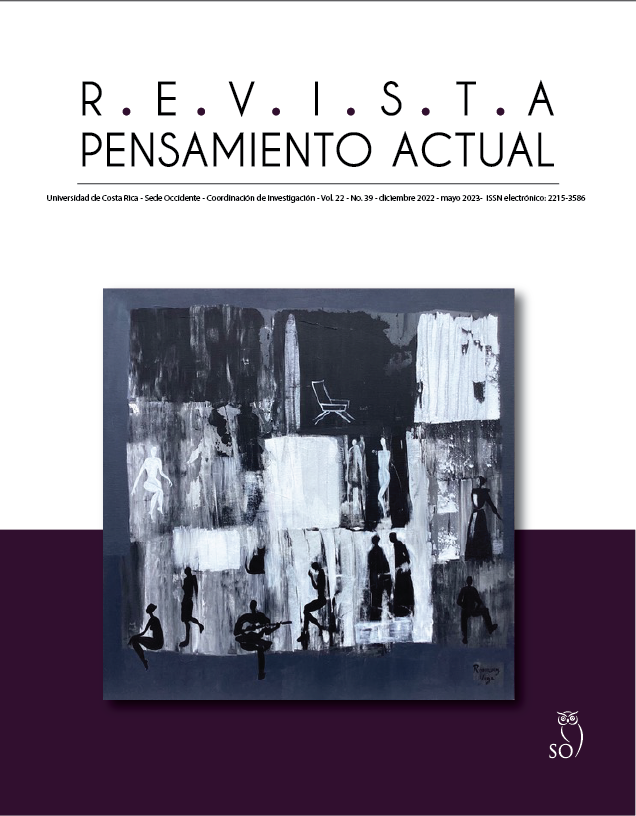Resumen
Portfolios have been used as an assessment strategy for around four decades. Today, they continue to be relevant forms of assessment in different fields of education including EFL writing. Following a convergent mixed methods approach under the pragmatic worldview, this study investigated the extent to which portfolio assessment in the writing courses of the Bachelor’s in English Teaching (BET) program at UCR, West Campus brings into line theoretical principles of portfolio assessment. The data consisted of a set of six teacher-created portfolio guidelines which were analyzed using a theory-based checklist and the information collected via a teachers’ questionnaire that the six participant teachers in the study answered. Despite evidence of a high level of knowledge about theoretical principles of writing portfolio assessment on the part of the participant teachers, the results indicated a clear mismatch between such knowledge and the actual implementation of writing portfolios by the participants. Based on these results, it was suggested that participant teachers undergo specialized training on the implementation of writing portfolio assessment to assist them in closing the gap between writing portfolio assessment theory and their actual implementation in EFL writing courses of the BET program at UCR, West Campus.
Citas
Caldwell, D. (2007). Teacher Perceptions on Student Portfolio Assessment and Implementation. [Masters dissertation]. Rowan University. https://rdw.rowan.edu/etd/795
Carrol, J. A. (1999). Writing portfolios: Meaningful Print. Lorenz Educational Press.
Creswell, J.W. & Creswell, J.D. (2018). Research design: Qualitative, quantitative, and mixed methods approaches (5th ed.). Sage.
Delett, J, Barnhardt, S., & Kevorkian, J. (2001). A Framework for Portfolio Assessment in the Foreign Language Classroom. Foreign Language Annals, 34 (6), 559-568. doi:10.1111/j.1944-9720.2001.tb02103.x
Etheridge, S.O. (2006). Portfolio-Based Writing Assessment: An Investigation of Postsecondary Practices. [Doctoral dissertation]. University of Tennessee. https://core.ac.uk/download/pdf/268767262.pdf
Etikan, I. (2016). Comparison of Convenience Sampling and Purposive Sampling. American Journal of Theoretical and Applied Statistics, 5(1), 1-4. Doi: 0.11648/j.ajtas.20160501.11.
Johnson, R., Mims-Cox, J.S., & Doyle-Nichols, A. (2010). Developing Portfolios in Education: A Guide to Reflection, Inquiry, and Assessment (2nd Ed.). SAGE Publications.
Kiliç, E. (2009). Portfolio implementation at Turkish university preparatory schools, and teachers’ perceptions of portfolios and problems experienced with portfolio use. [Masters dissertation]. Bilkent University.
Klenowski, V. (2002). Developing Portfolios for Learning and Assessment: Process and Principles. RautledgeFalmer.
Lam, R. (2018). Portfolio Assessment for the Teaching and Learning of Writing. SpringerBriefs in Education. https://doi.org/10.1007/978-981-13-1174-1
Lam, R. & Lee, I. (2010). Balancing the dual functions of portfolio assessment. Elt Journal. 64. 54-64. 10.1093/elt/ccp024.
Lee I. (2017). Portfolios in Classroom L2 Writing Assessment. In: Classroom Writing Assessment and Feedback in L2 School Contexts. Springer, Singapore. https://doi.org/10.1007/978-981-10-3924-9_8
Martin-Kniep, G. (1999). Capturing the Wisdom and Practice: Professional Portfolios for Educators. Association for Supervision and Curriculum Development.
Miller, M.D., Linn, R. & Gronlund, N. (2010). Measurement and Assessment in Teaching, (10th Ed.). Pearson.
Rolheiser, Bower, and Stevhan. (2000). The Portfolio Organizer: Succeeding with Portfolios in Your Classroom. Association for Supervision and Curriculum Development.
Popham, W. J. (2017). Classroom Assessment: What teachers need to know (8th Ed.). Pearson.
Seifert, K. (2011). Educational Psychology. The Open University of Hong Kong. http://www.opentextbooks.org.hk/system/files/export/6/6118/pdf/Educational_Psychology_6118_r.pdf
Schlepphege, J. (2010). The Portfolio -an Alternative Assessment Method in the foreign Language Classroom. GRIN.
Williams, N.A. (2020, October 31). A brief History: Why did Portfolios Come into existence? Retrieved from: http://www.nicoleannwilliams.com/a-brief-history-of-portfolios.html
##plugins.facebook.comentarios##

Esta obra está bajo una licencia internacional Creative Commons Reconocimiento-NoComercial-CompartirIgual 3.0.
Derechos de autor 2022 Pensamiento Actual

